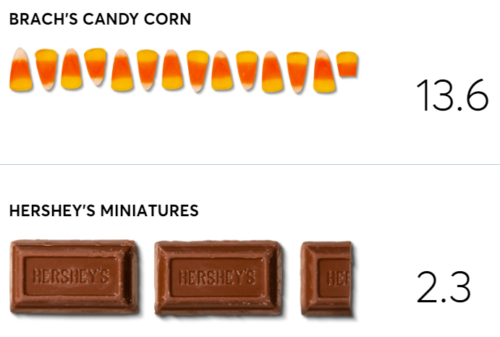Misleading product of the week: Veggieblends Cheerios
I think it’s time to start a new “of the week” series of posts—this one on egregiously marketed food products.
Thanks to Jerry Mande, who sent me this email:
Are you writing about Veggie Cheerios? An especially egregious case of misleading marketing. This could be Rob Califf’s Citrus Hill Fresh Choice moment. Particularly troubling is that original Cheerios, a go to finger food for moms of infants and toddlers, is lower sugar and higher in fiber than Veggie Cheerios – which only have 2g sugar plus 4g fiber. These new Cheerios have 8g sugars – from corn syrup – and only 2g fiber. Certainly, adding ¼ c. fruit & veggies shouldn’t cause the fiber to go down!
I hadn’t run across this version during my What to Eat revision visits to supermarkets, although I was aware that Cheerios, that old reliable cereal for kids, now came in more than 20 options—line extensions to take up more supermarket shelf space; the more shelf space, the more get sold.
I went right to the link:
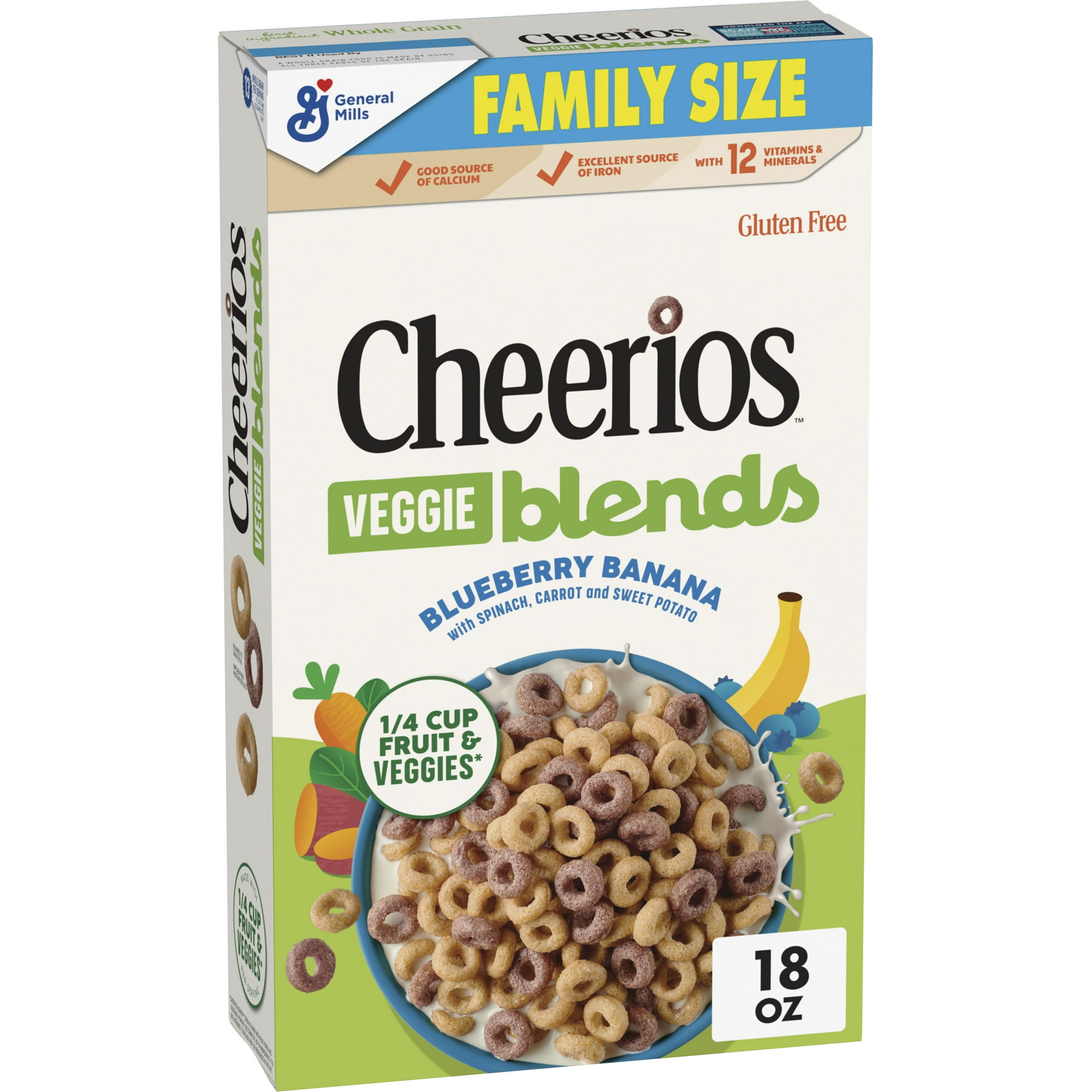
Sure enough. 1/4 cup fruit & veggies. And you get blueberry, banana, spinach, carrot, and sweet potato. Impressive!
Here’s what Walmart says about it:
Available exclusively at Walmart [no wonder I hadn’t seen it], a wholesome bowl of Blueberry Banana flavored Cheerios Blends Cereal contains 1/4 cup of fruit and veggies in every serving.*
Uh oh; a footnote. I went right to it:
* Cheerios Blends Cereal is made with fruit puree and vegetable powder. See complete list of ingredients. It is not intended to replace fruit or vegetables in the diet.
Oh.
As for the ingredient list:
Whole Grain Oats, Corn Meal, Sugar, Sweet Potato Powder, Corn Starch, Carrot Powder, Canola and/or Sunflower Oil, Banana Puree, Blueberry Puree Concentrate, Corn Syrup, Salt, Spinach Powder, Vegetable and Fruit Juice Color, Tripotassium Phosphate, Natural Flavor. Vitamin E (mixed tocopherols) Added to Preserve Freshness. [the rest are added vitamins and minerals].
You want fruits and vegetables? Eat fruits and vegetables.
You want Cheerios? I vote for the boring original.
I think I will go to Walmart and buy a box. I want this one for my cereal box collection. I don’t think it will be on the market long.

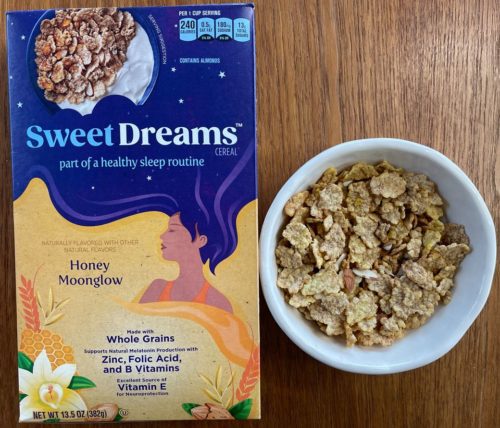

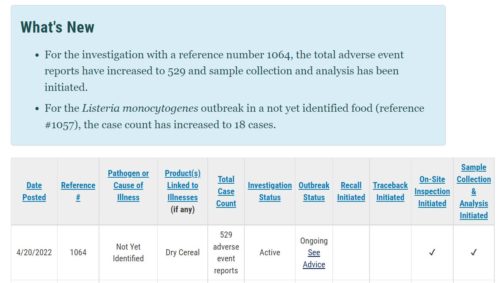
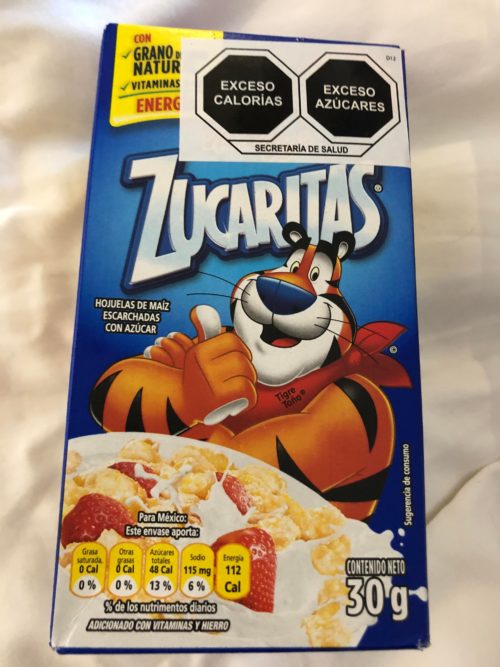
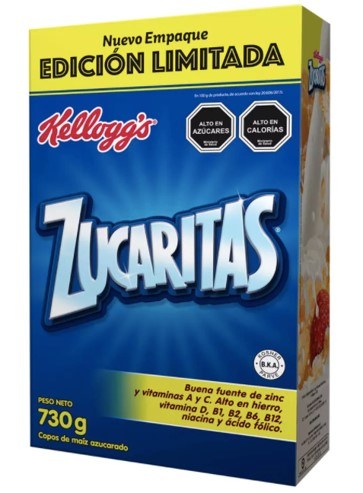
 And the rules have a loophole big enough to exclude lots of products from having to carry this logo: those made with highly refined GMO sugars, starches and oils made from GMO soybeans and sugar beets.
And the rules have a loophole big enough to exclude lots of products from having to carry this logo: those made with highly refined GMO sugars, starches and oils made from GMO soybeans and sugar beets.